There are people who are born with an eye for decorating or design. Others gain detailed knowledge of the skill and are later able to deftly apply what they’ve learned.
If you plan to remodel your apartment or home soon and are still undecided on an overall approach, then you may want to draw inspiration from some of the world’s popular styles.
Contents
Discover the Iconic Decor and Furniture Styles of the World
You’ll obviously want to go with something that seems to fit the structure of your home. Even so, make sure you adopt the style you that is closest to your heart. That’s something you’ll never regret.
French Style
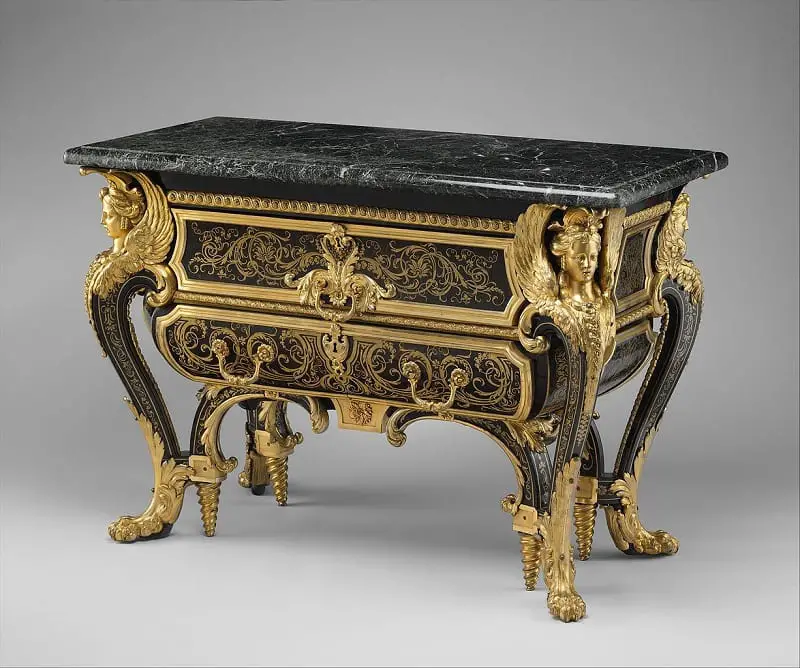
Classic French decor styles are dazzling and extravagant, with vivid color schemes in soft hues. Furnishings are lavishly upholstered. Candelabras, textured pillows, tape stripes, antique prints, and chandeliers provide a plush accent.
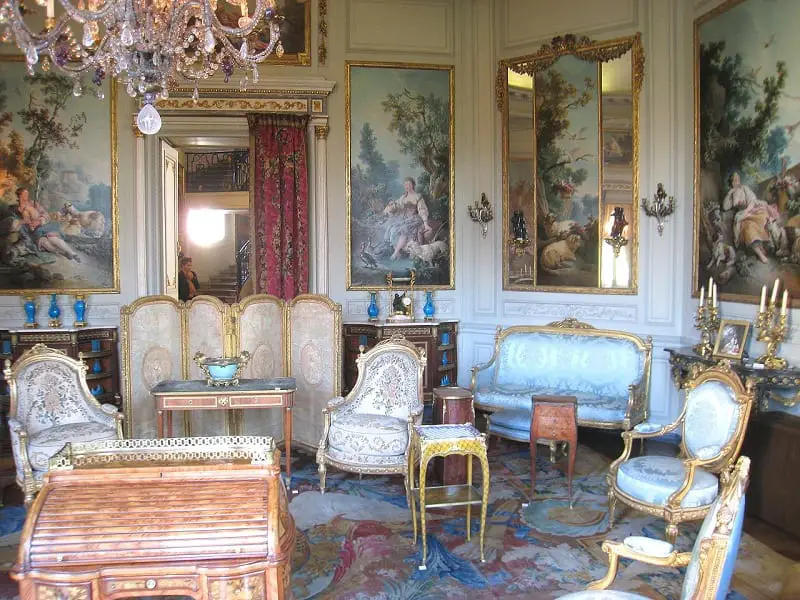
Furniture in the French Baroque style typically features ornate details and carvings. French Neoclassical furniture meanwhile has tapered legs and fluted carvings.
Cabriole legs and simple scalloped carvings mark French Provincial furniture. The ladder-back chair with a woven rush seat is the typical French Provincial dining chair.
Dutch Style
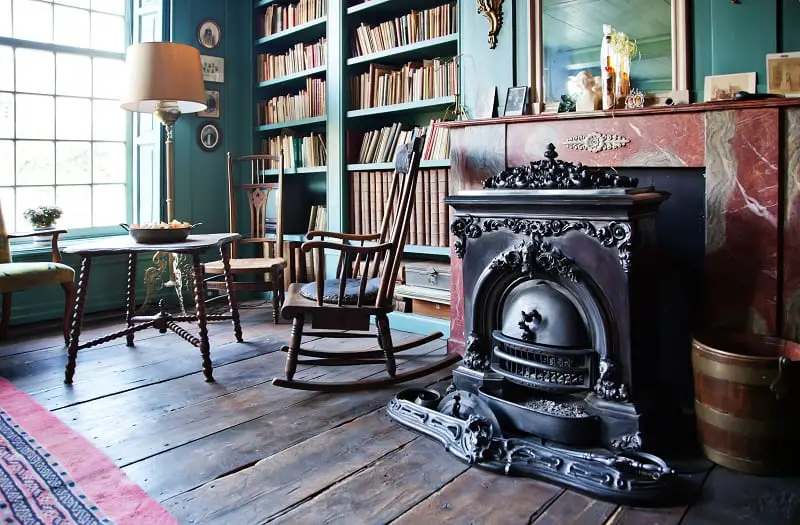
There is a charming, homespun character to traditional Dutch decor and furniture. The Dutch style offers a wealth of color from dramatic tapestries, bright sculptures, and light-colored wood with elaborate details.
There are dusty blue, orange, or yellow color schemes aplenty. Blue on white accents also abounds, much like you would see on Dutch Delft-Blue pottery.

What you notice right away are the high-backed chairs, caned seats, and traditional carvings. You’ll find floral designs are common. This is especially true on small trinkets and decorative wall ornaments.
Italian Style
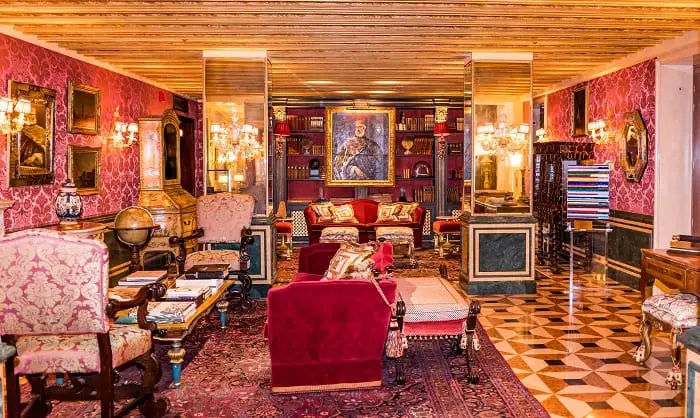
Italian furniture combines the luxury and sumptuousness of the Renaissance with a bucolic, relaxed attitude. The typical color schemes consist of earth tones with warm hues of red, orange, and yellow, says Jarrimber.
The tiles are colorful, providing a backdrop that is vibrant and invigorating. You will notice scrolled, wrought iron, or wood accents. The seats are comfortable and spacious.
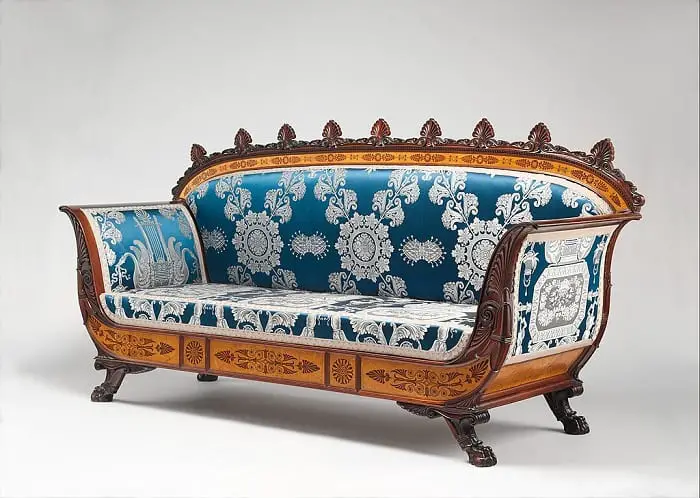
You’ll also find robust Oriental, Rococo and Gothic influences on a few Italian pieces. Craftsmanship is of great importance, down to the last detail. In the past, popular styles used ivory inlaid in walnut and ebony.
Scandinavian Style

The Scandinavian style is more than just a regional style. The concept has influenced nearly every aspect of design since the mid-1950s. Today, it is one of the preeminent interior styles in the world.
The lines are clean and purposeful. The floors are marble, the appliances, modern stainless steel. Track lighting or chrome floor lamps provide accented illumination.
The style builds on minimalist designs with stark white, black, and grey color schemes. There is copious use of natural wood frames, often draped with soft, slung leather, neutral wood, or woven rush.
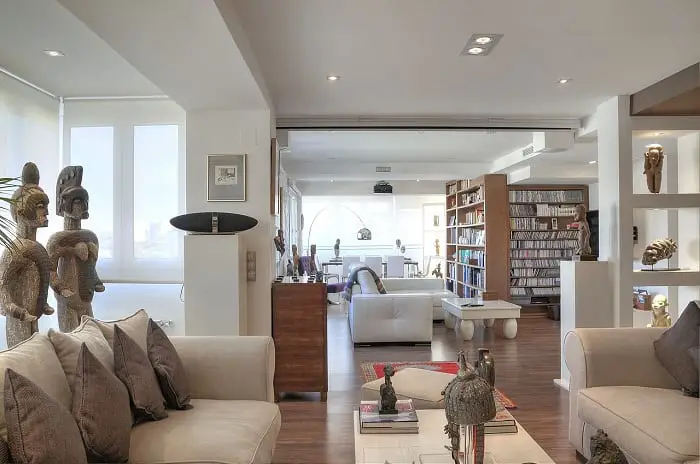
The impression you get is that of roominess. One of the main advantages is that the negative space eliminates distractions from outstanding features, which subtly enhances their effect.
Indian Style
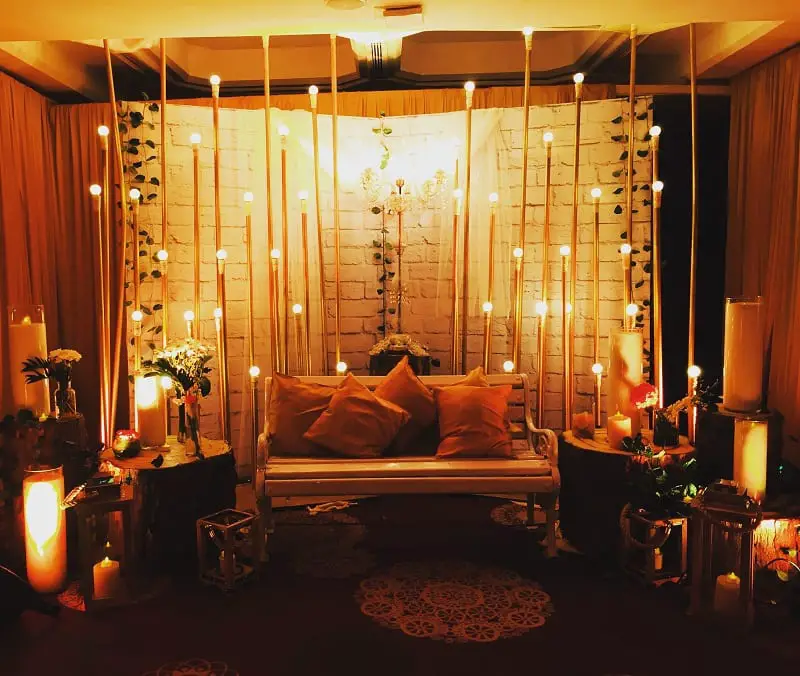
The Indian style features warm color schemes. Red is at the core with splashes of yellow, orange, and purple. The hues are vigorous and overflowing, exuberant, even.
Indian decor is an excellent example of the blending of various artistic styles into unique work. You’ll notice inlaid furniture and mirrored detailing.
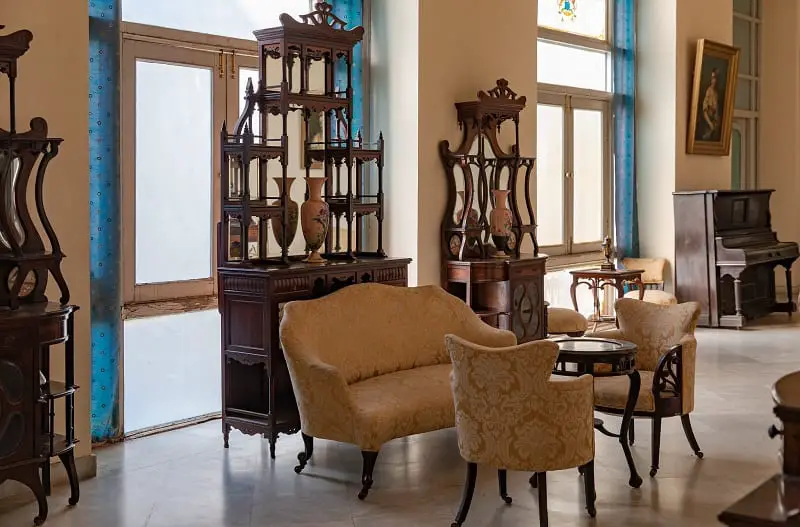
There are several types of Indo-European furniture, reflecting either Portuguese or Dutch influence. You’ll see an abundance of small furniture items, as well. There is light-colored and dark-colored wood with elaborately carved decorations.
Japanese Style

The Japanese style emphasizes symmetry with rich contrasts of dark and light areas in a room. The color mixes are refined, sometimes laconic: milky, light beige, and cream. Some would go so far as to say that it’s minimalism with a fastidious ethnic flavor.
This approach will appeal to those who like simple, appropriately structured room with a minimal amount of furniture. There is a prevalence of unfinished wood and neutral-hued paneling.

The decor may include bamboo shoots, small potted trees, and ceramic planters. You’ll notice the furniture is low, and that’s why mats and pillows are a common feature.
Moroccan Style
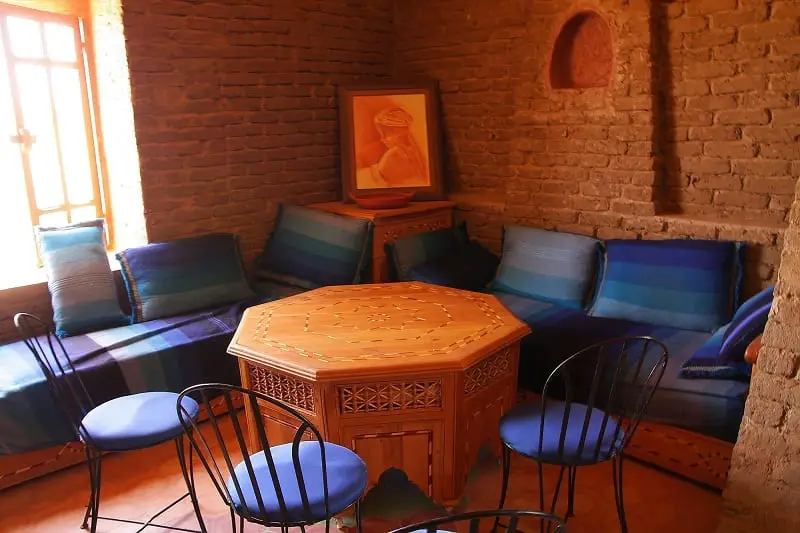
The most distinctive characteristic of the Moroccan style is the emphatic color schemes, with bold whites or rich, dark colors.
There are also strong tones of blue and green from the Atlantic and the Mediterranean, and glittering gold and silver.
Moroccan interior
decoration and decor products are an imaginative blend of African, Arab, and
Mediterranean embellishing styles.
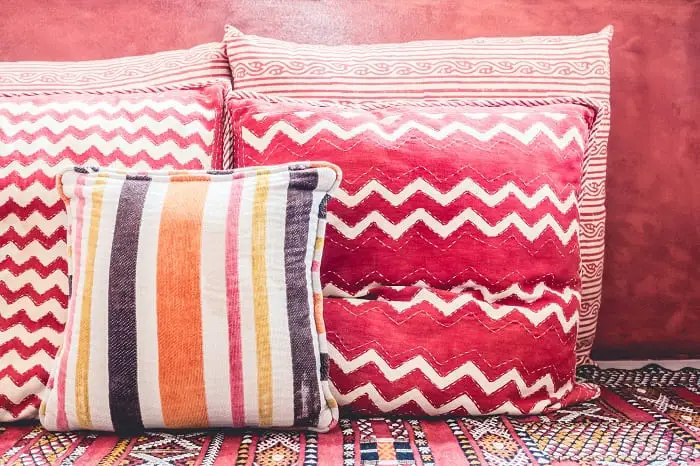
There is an abundance of metal ornaments and dark-finished, carved wood. The furniture is upholstered and there are lavishly detailed patterns on curtains, cushions, and carpets. Mosaic is a favorite.
African Style
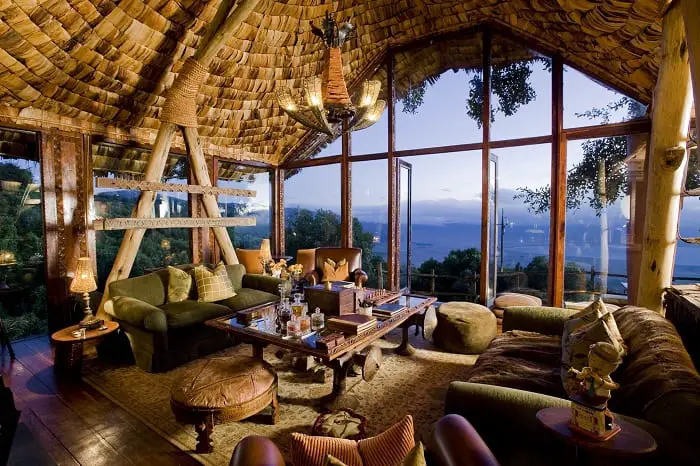
The African style is a vigorous blend of safari and ethnic themes, heavy textures, and tribal accents. The furniture pieces strike a balance between old wood, leather, and tribal style upholstery.
You’ll notice heavy
wooden chairs, tables, and fixtures. The color scheme consists of subtle earth
tones with deep, rich browns, cream, or dark orange. There are baskets,
carvings, and wall masks.

Wild and bold prints and tribal decor best describe the Western interpretation of the African style. The fabrics are usually animal prints such as zebra stripes, giraffe prints, or cheetah hides.
Latin American Style

The Latin American decor and furniture style are rich in bright earthy tones, with red, orange, brown, and yellow color schemes. The seating is comfortable and informal.
The clay tiles and walls provide a delicate accent to lively sunburst patterns. The carvings decor evoke an unabated celebration of life.

Latin American craftsmen transform tiny bits of glass, seashells, and pebbles into full-blown murals, framed with interesting patterns that are creations of art in themselves.
It’s In the Details
Regardless of the type of space, you’re decorating, there’s nothing more important than paying attention to detail.
Consider the needs of each room, and do some research pertaining to those spaces. A home decor should reflect your personal taste and interests, but it must also speak to the particular functions of each room.
If you’re ready to learn, observe, and put your creativity to the test, you’re sure to enjoy a home that’s both comfortable, elegant, and stylish.




